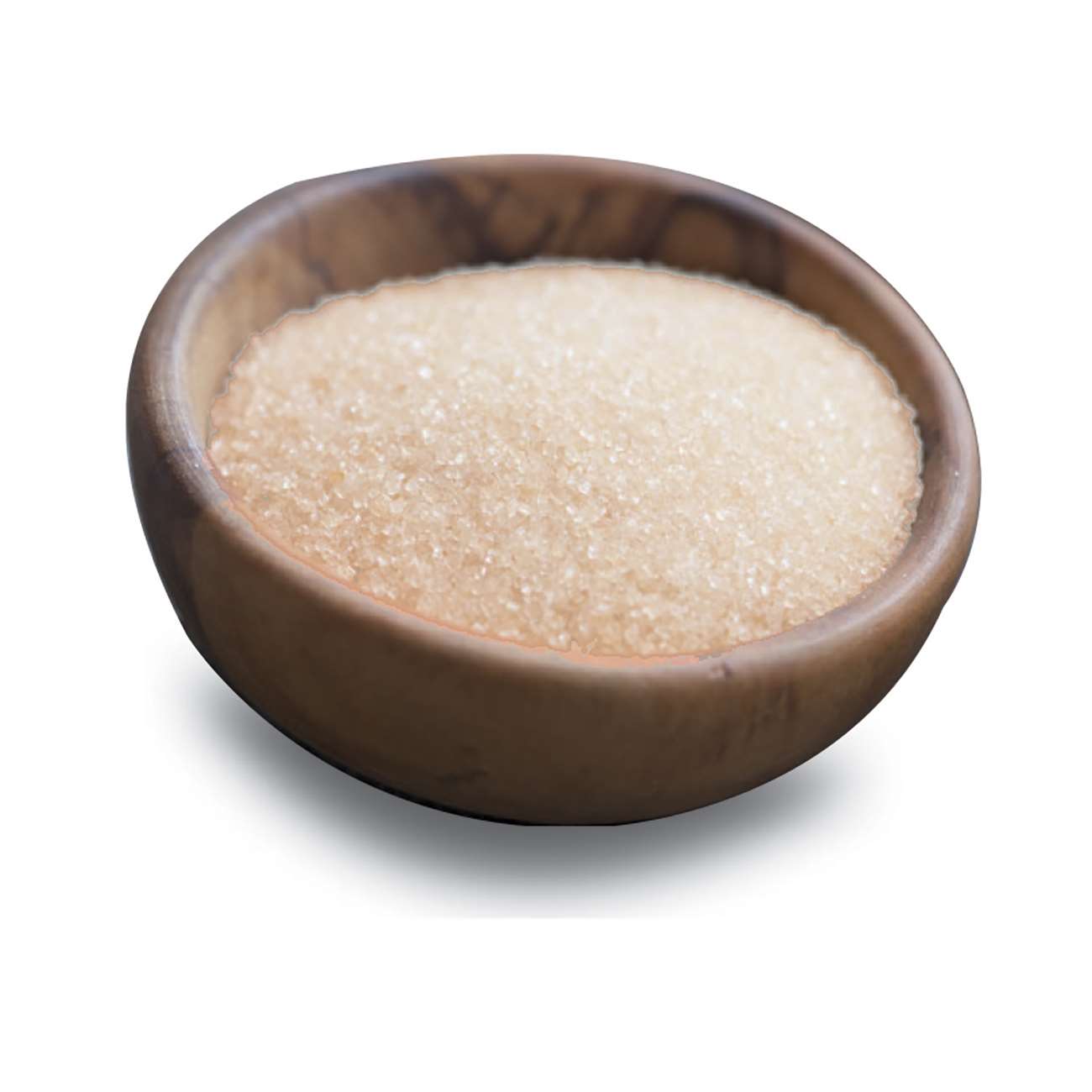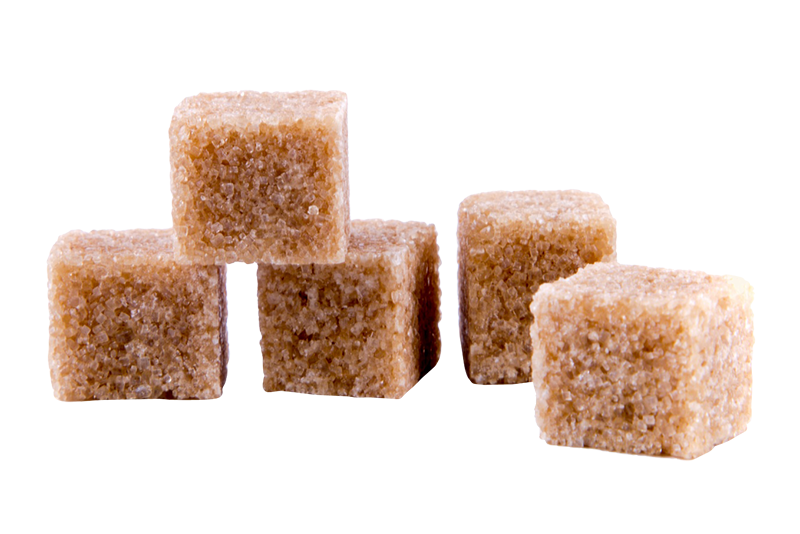The Scientific Research Behind Cane Sugar Processing: Just How Sweet Taste is Refined
The Scientific Research Behind Cane Sugar Processing: Just How Sweet Taste is Refined
Blog Article
Discovering the Comprehensive Tips Included in Walking Stick Sugar Processing From Collecting to Refinement
The process of walking cane sugar production incorporates a collection of intricate actions, starting with the cautious harvesting of sugarcane and finishing in the improvement stages that guarantee the end product satisfies sector standards. Each stage, from the extraction of juice to the purification and crystallization processes, plays a vital role in establishing the quality and character of the sugar. Comprehending these phases not only highlights the complexity of sugar manufacturing yet likewise elevates crucial questions regarding efficiency, sustainability, and development in the industry. What implications do these aspects have for future methods?
Gathering Sugarcane
Collecting sugarcane is a crucial action in the walking stick sugar handling chain, as it directly influences the quality and return of the last product. Correct timing and strategies are important during this phase to make certain optimal sugar content and minimize losses. Generally, sugarcane is harvested when it reaches maturity, normally 12 to 18 months after planting, defined by a high sucrose concentration.

Post-harvest, the sugarcane should be refined swiftly to avoid sucrose destruction. Preferably, gathered walking stick needs to be delivered to refining facilities within 1 day to preserve sugar quality. As a result, efficient logistical preparation is crucial to maintain the integrity of the harvested crop throughout the supply chain.
Removal Refine

The crushed walking cane is subjected to a series of pushing procedures to maximize juice healing. Typically, hot water is sprayed onto the smashed walking stick, developing a countercurrent flow that helps liquify the sugar while additionally aiding in the removal process. The juice gathered from this operation includes not just sugar but additionally different organic substances and pollutants.

To boost extraction performance, some facilities might utilize diffusion methods, where the sugarcane is saturated in warm water, enabling the soluble sugars to diffuse right into the liquid. The resulting juice, rich in sucrose, is then directed to succeeding processing stages, laying the structure for filtration and refinement. The extraction procedure is therefore critical in determining the quality and return of the last sugar item.
Filtration Techniques
The purification strategies used in walking Full Report stick sugar processing are important for changing the raw juice into a premium sugar product. These techniques mainly intend to get rid of contaminations, such as dirt, plant products, and not natural materials, which can negatively influence the end product's flavor and color.
One of the most usual purification strategies is explanation. This procedure entails including lime and warmth to the raw juice, which facilitates the coagulation of contaminations. The resulting precipitate is after that eliminated via sedimentation or purification, producing a clearer juice. Furthermore, the usage of phosphoric acid can improve the clarification procedure by more binding contaminations.
An additional considerable method is carbonatation, where carbon dioxide is presented to the clarified juice. This response creates calcium carbonate, which captures continuing to be pollutants and promotes their elimination.
Additionally, activated carbon therapy may be related to adsorb any kind of staying colorants and organic pollutants, making sure a more polished item. The combination of these approaches efficiently prepares the sugar juice for succeeding action in the refining procedure, establishing the phase for the production of premium cane sugar.
Formation Methods
After the filtration phase, the following vital step in walking stick sugar handling includes crystallization approaches, which play a pivotal role in changing the made clear juice into strong sugar. This process commonly employs two key methods: spontaneous crystallization and regulated condensation.
In spontaneous formation, supersaturated sugar services are enabled to cool down naturally, causing the formation of sugar crystals in time. This approach is less complex but might cause unequal crystal dimensions and lower purity degrees. On the various other hand, managed formation is an extra accurate method where seeding, focus, and temperature level representatives are carefully handled. This approach enables the uniform growth of sugar crystals and higher pureness.
Throughout formation, the made clear juice is concentrated via dissipation, boosting its sugar content up until it reaches supersaturation. Once this factor is attained, either approach can assist in the condensation navigate to this site procedure. Cane Sugar Processing. The resultant sugar crystals are then separated from the remaining syrup via centrifugation
Inevitably, the selection of crystallization method impacts the top quality, dimension, and purity of the final sugar item, making this step important in the total walking cane sugar handling procedure.
Refinement and Packaging
Exactly how can the purity and high quality of walking cane sugar be better improved after formation? The refinement procedure plays an important duty in attaining high-grade walking stick sugar.
Following, the sugar is subjected to a process called centrifugation, where it is rotated at high speeds to separate the detoxified sugar crystals from the remaining fluid. After centrifugation, the sugar is often additional improved through a method called carbonization or phosphatation, which makes use of activated carbon or phosphoric acid to get rid of shade and off-flavors.
As soon as refined, the sugar is dried to accomplish the wanted moisture material, ensuring that it remains steady throughout storage and transport. The last step includes product packaging the polished sugar in airtight and moisture-proof containers to preserve its top quality and prevent contamination. Cane website link Sugar Processing. Proper product packaging not just extends life span but additionally helps with simple handling and circulation, making certain that consumers obtain sugar that satisfies the highest standards of purity and quality
Conclusion
The detailed steps associated with cane sugar processing, from the careful harvesting of sugarcane to the detailed refinement and packaging phases, emphasize the relevance of each stage in guaranteeing high-quality sugar production. Optimum harvesting strategies, reliable removal techniques, and extensive filtration processes jointly add to the end product's pureness and stability. The condensation and subsequent packaging techniques better boost the stability and shelf life of the sugar, highlighting the complexity and precision integral in this necessary farming market.
The process of cane sugar production incorporates a collection of complex actions, beginning with the mindful harvesting of sugarcane and finishing in the refinement stages that ensure the last item fulfills market standards. Preferably, harvested walking stick should be transported to processing centers within 24 hours to protect sugar top quality.In spontaneous formation, supersaturated sugar solutions are allowed to cool normally, leading to the development of sugar crystals over time - Cane Sugar Processing. The improvement procedure plays an important role in achieving high-quality walking cane sugar.The extensive actions involved in walking stick sugar handling, from the thorough harvesting of sugarcane to the detailed refinement and product packaging phases, highlight the importance of each stage in guaranteeing premium sugar production
Report this page